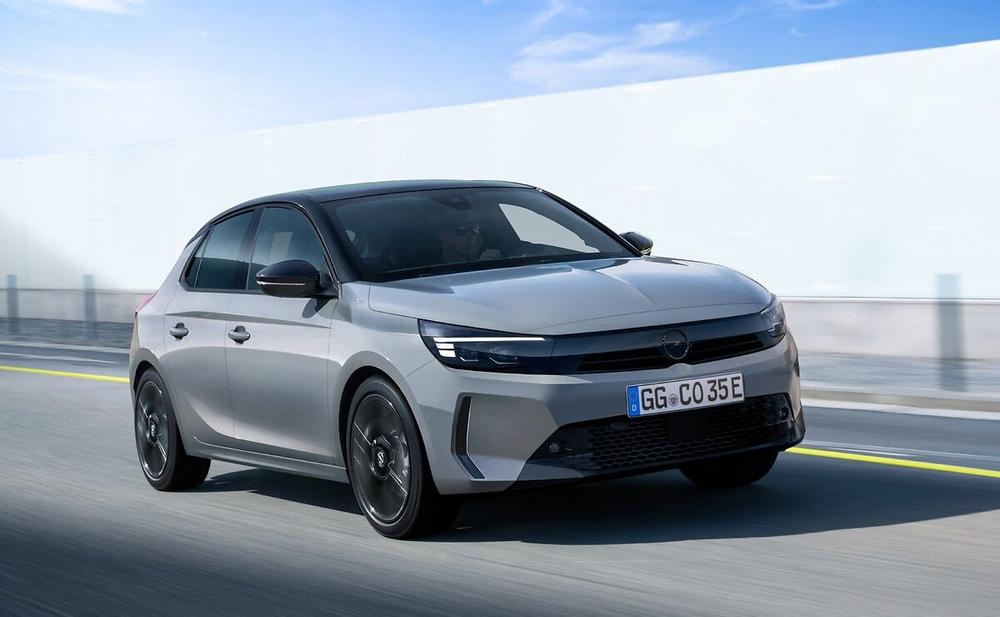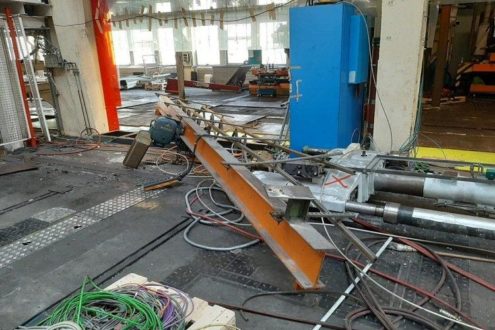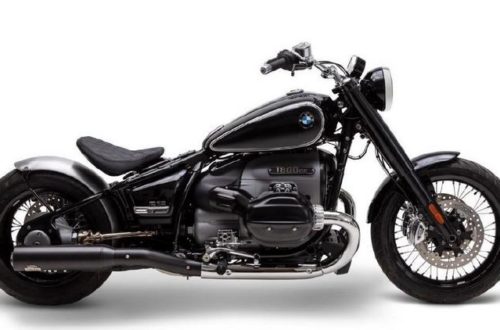
New Assistance Systems Mandatory From July: Opel Models are Ready
- Safety first: Many assistance systems already standard in best-selling Corsa small car
- Best vision: Intelli-Lux Pixel HD Light with over 50,000 elements in new Grandland
- Always one step ahead: Opel models have always featured groundbreaking technologies
From July 7, 2024, the EU will make additional assistance systems mandatory for new registrations of passenger cars (class M1) and light commercial vehicles (class N1). The aim is to reduce the number of accidents on the roads and thus save lives. Opel is well positioned here. For the passenger car models from the Corsa to the Combo, Mokka and Astra to the Grandland, as well as for the new generation of light commercial vehicles (LCV) Opel Combo, Vivaro and Movano, the manufacturer offers numerous advanced electronic assistants that make traffic safer for drivers and passengers as well as for all other road users. The new Opel LCV vans will in future be equipped with up to 21 assistance systems – segment leading! And even in the small car bestseller Corsa, many systems are already on board as standard, well ahead of the legal requirement. “Safety first” is Opel’s motto when developing new vehicles: this is once again demonstrated by the recently introduced new Opel Grandland, which will soon be available to order, for example with its industry-leading Intelli-Lux Pixel HD Light. Safety is a tradition at Opel and has been for 125 years of automobile production in Rüsselsheim.
Emergency braking, lane keep assist, speed assistant: Already standard at Opel
In addition to the systems that have long been required by law, new cars registered from July onwards must also have additional assistants on board. These include emergency braking assistant, intelligent speed assistant, lane departure warning system, reversing assistant and drowsiness detection. An emergency brake light and a “black box” data recorder are also among the mandatory features in the future.
Opel has been offering many of the systems mentioned for its models for years. Safety features for the brand with the Blitz are not a question of vehicle class. Even the smallest in the portfolio, Germany’s best-selling small car of several years, the Opel Corsa, offers numerous assistance systems as standard. The extensive range of modern electronic helpers already includes:
- Forward collision alert with automatic emergency braking and pedestrian detection: It monitors the distance to the vehicle in front. If the Corsa approaches a vehicle in front or a pedestrian too quickly, the driver is informed by a warning tone and a display in the driver information display. If there is a risk of collision, the system initiates emergency braking, and at speeds below 30 km/h even to a complete standstill. The system is also available in combination with cyclist detection.
- Intelligent cruise control and limiter: In conjunction with traffic sign recognition, the system allows the speed to be quickly adjusted.
- Lane keep assist: If the driver unintentionally leaves the lane (between 65 and 180 km/h), an indicator light appears in the driver information display. The lane keep assistant also draws attention to the danger by gently temporarily counteracting the steering. As an option, Corsa and Co. can also be equipped with active lane keep Assist. This actively keeps the vehicle in the previously selected position within the lane by gently and continuously counter-steering (both hands on the steering wheel are mandatory!).
- Drowsiness detection: The system detects signs of fatigue in the driver based on the steering behaviour and the length of the journey and issues a visual and acoustic warning that increases in three stages.
- Adaptive brake light and
- Parking pilot at the rear.
Additional systems provide an even more comprehensive overview when manoeuvring, including the combination of front and rear parking sensors with audio-visual warning and the 130-degree or optional 180-degree rear view camera (also the 360-degree camera on the Astra and Grandland). In addition, the side blind spot alert, which is standard or optional depending on the equipment level, further increases safety with a symbol in the respective exterior mirror that warns of approaching vehicles. Also, the optional automatic speed assistant with stop function ensures that the set speed and the distance to the vehicle in front are maintained in accordance with the traffic situation. The car brakes automatically if necessary and accelerates again as soon as the distance to the vehicle in front increases again. In combination with automatic transmission, the system also has a Stop & Go function, so that the vehicle is automatically braked to a standstill in the event of danger and can independently follow the vehicle in front even in traffic jams.
The compact class bestseller Opel Astra and the top SUV Grandland combine many of the above-mentioned assistants in the Intelli-Drive system and expand the range to include the rear cross-traffic alert system. This uses radar sensors to detect moving objects when reversing (from pedestrians and cyclists to motorcycles, cars and trucks) and warns with visual and acoustic signals.
Optimal illumination of the road ahead is crucial for a safe and relaxed journey in poor visibility conditions. Opel has been a pioneer in this area for years with its adaptive Intelli-Lux technology, which is now being used for the first time in the new Combo. The latest lighting innovation from Rüsselsheim is celebrating its premiere in the new Opel Grandland: the industry-leading Intelli-Lux Pixel Matrix HD Light. For the first time, the system has more than 50,000 elements and enables high-resolution light distribution. Depending on the traffic situation, the camera detects road users ahead and oncoming traffic, and the Intelli-Lux Pixel Matrix HD Light cuts them out even more precisely than previous matrix light technologies. The system delivers an even brighter and more even light distribution without glare for others.
Safety for all: New Opel Grandland, Astra, Corsa and Co. in best tradition
Offering the highest safety standards for everyone – that is what the Opel brand has always stood for. This began 125 years ago with the Opel Patentmotorwagen “System Lutzmann”, which had chain-controlled steering for smooth, precise operation. In the years and decades that followed, developments such as the Opel 10 PS with four-wheel brakes and the unitary all-steel body of the Opel Olympia 1935 followed.
The Opel Rekord C was also an innovation in 1967 – with coil springs on the rear axle, disc brakes at the front, brake booster and, above all, the Opel safety steering, in which the collapsible steering column protected against serious injuries to the head and chest in the event of a collision. As early as 1973, the manufacturer equipped all models with seat belts as standard. In the Opel Astra F, seatbelt tensioners ensured that the belt was pulled tight by up to 16 centimetres in milliseconds in the event of an impact, thus keeping the passenger safely in their seat.
In 1993, the Corsa B celebrated a double premiere of increased safety: double steel beam reinforcements in the doors for side impact protection and the full-size driver airbag further minimized the risk of injury. In 1995, Opel was the first German car manufacturer to introduce full-size airbags for the driver and front passenger as standard in all new cars.
Opel Automobile GmbH
Bahnhofsplatz
65423 Rüsselsheim
Telefon: +49 (6142) 7-70
Telefax: +49 (6142) 77-8409
http://de-media.opel.com/de
Telefon: +49 (6142) 6922084
E-Mail: colin.yong@opel-vauxhall.com
Telefon: +49 (6142) 6927811
E-Mail: carina.elsinger@opel-vauxhall.com
![]()



